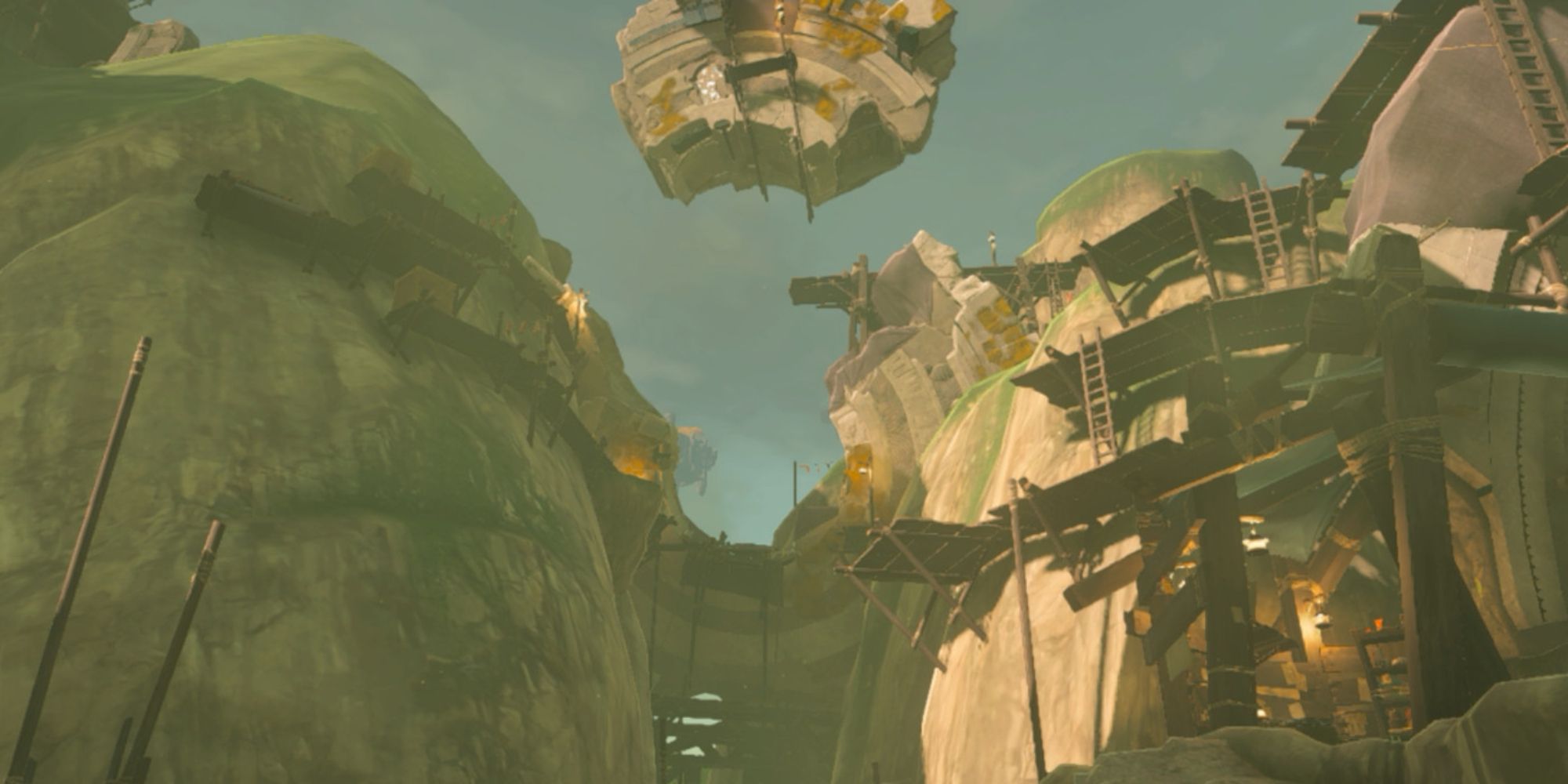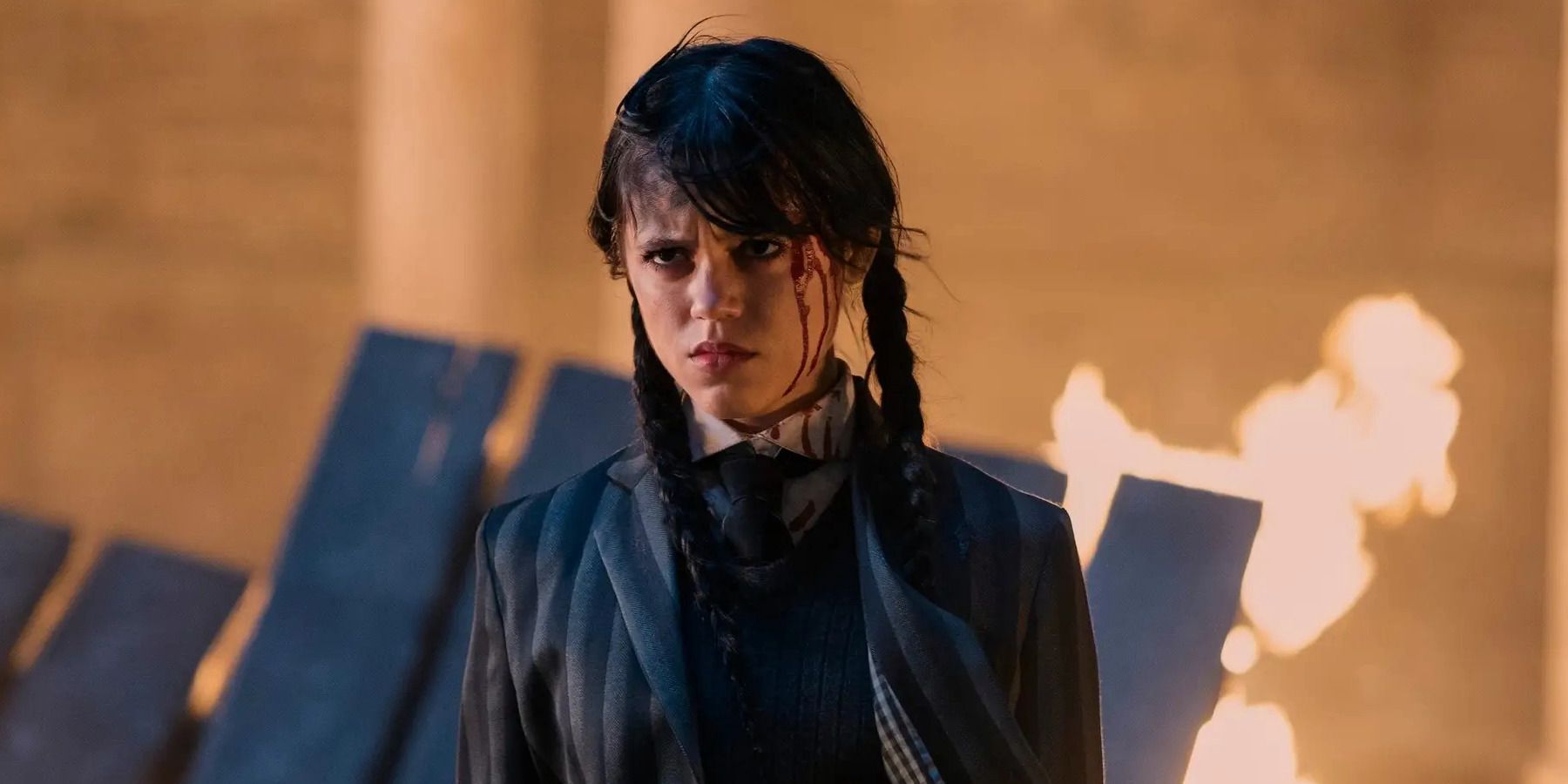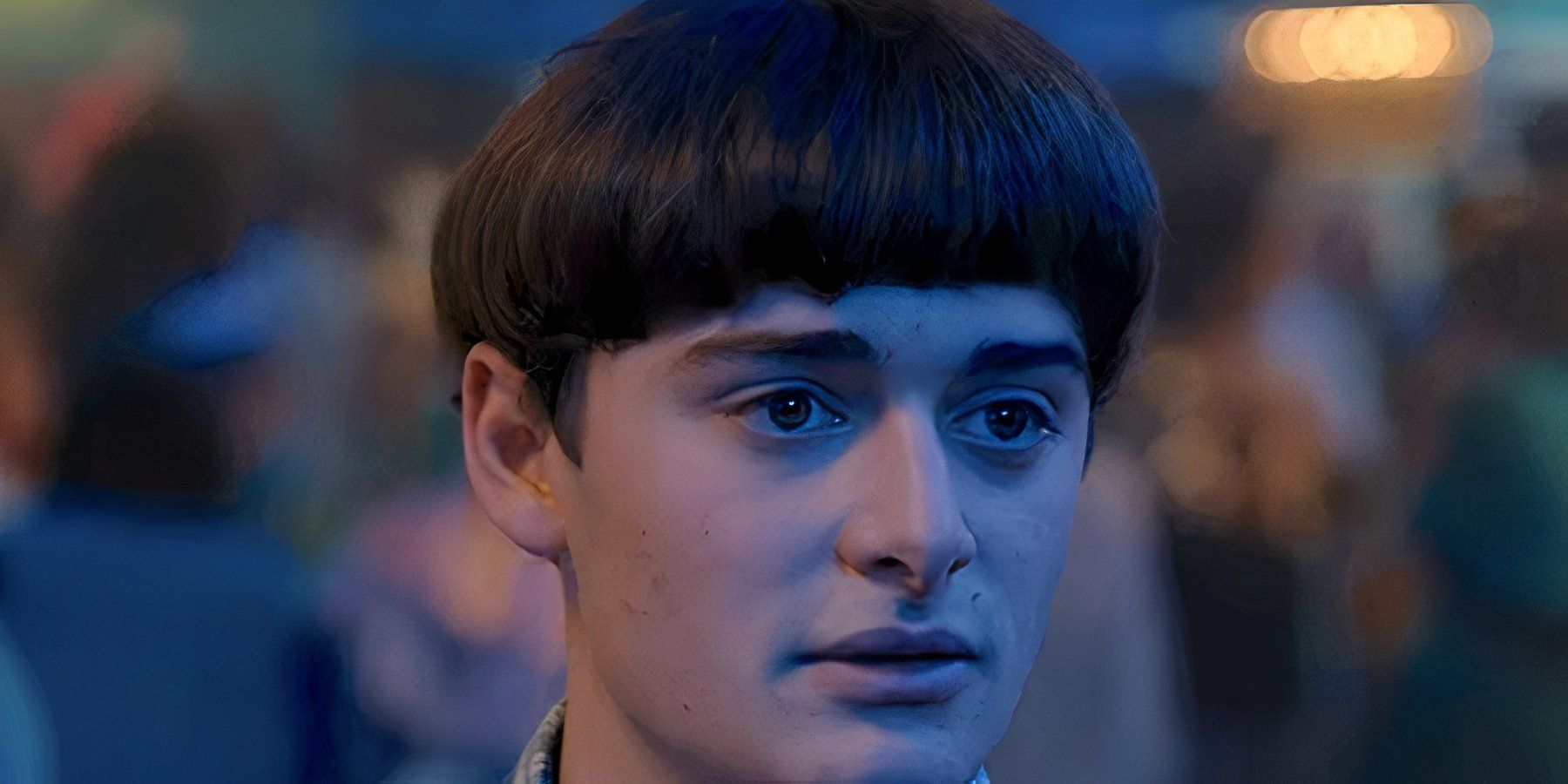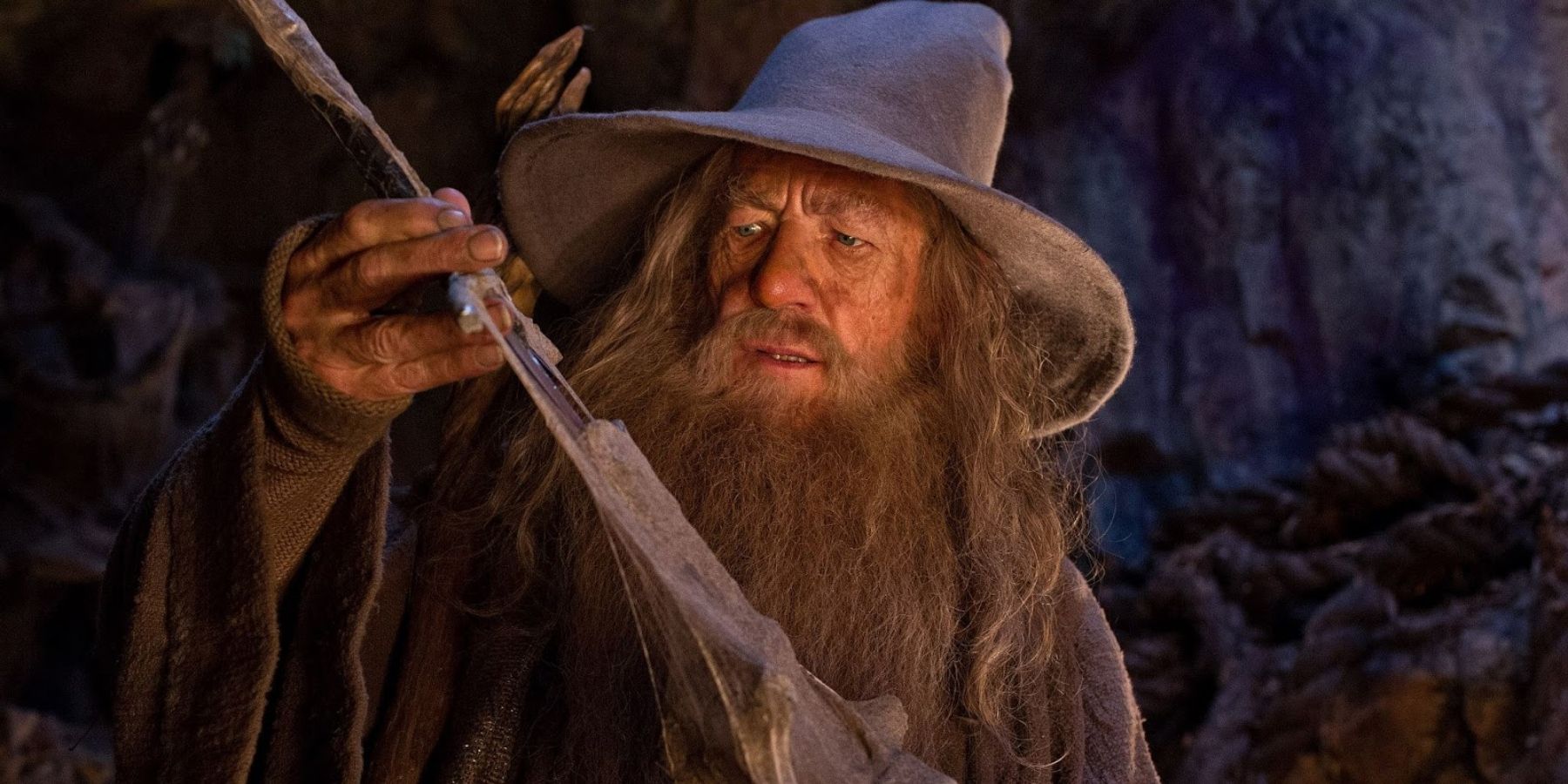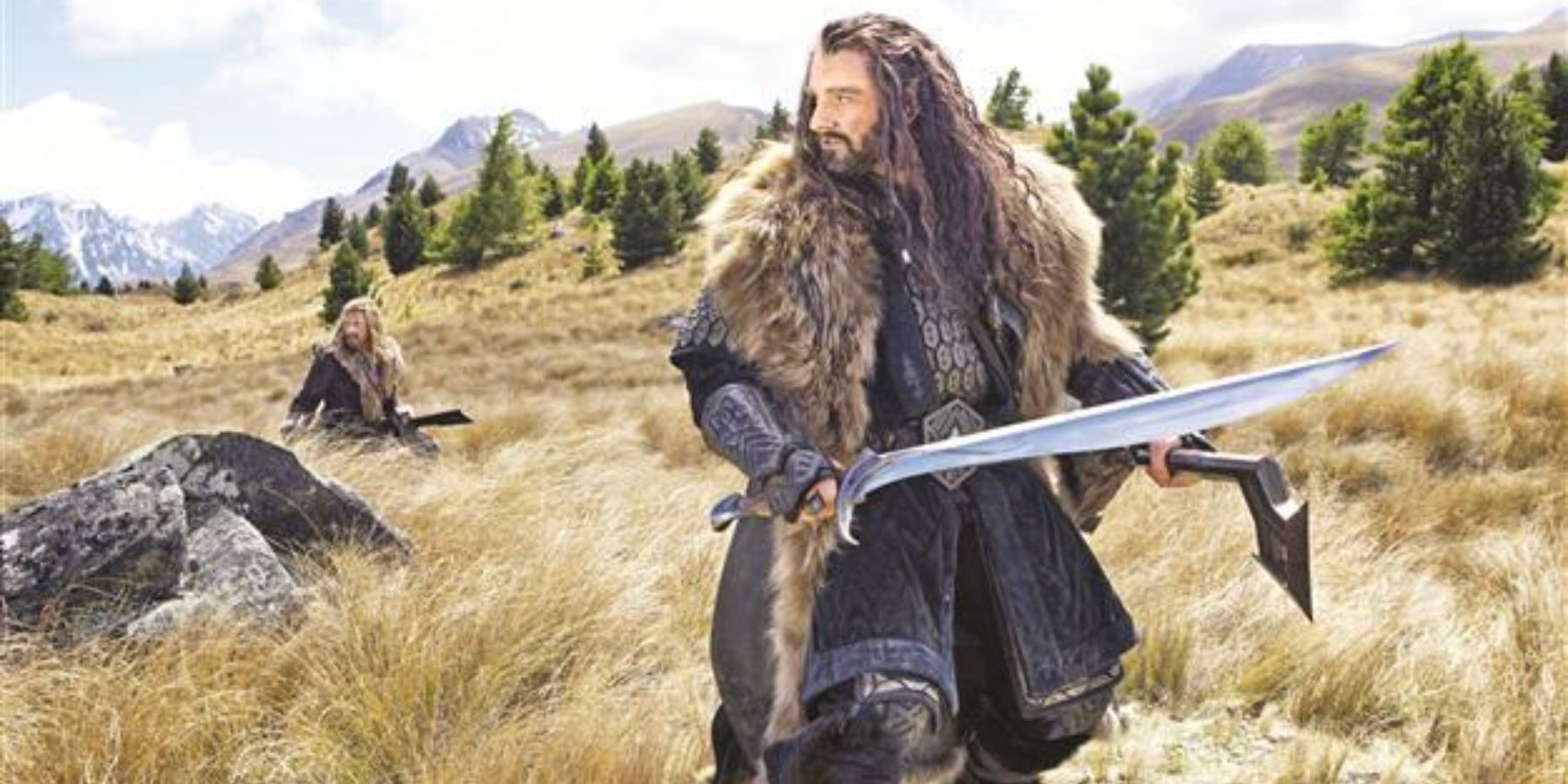One of the most comical and yet also dangerous scenes in the first Hobbit film is when Bilbo is sent off by the dwarves to find out what a strange light in the woods is, and much to his horror, he discovers a trio of trolls sitting around an open fire. At this point, Bilbo is already feeling intimidated by his companions, who didn’t want him to join the quest in the first place, and don’t believe that he has what it takes.
So, in trying to prove himself to them, Bilbo decides that he cannot leave empty-handed, and decides to both rescue the noble steeds who are being held captive nearby, and to try to pick-pocket something from the trolls, to live up to his ‘burglar’ title. Unfortunately, the hobbit is caught, as are all the dwarves who rush to his rescue, and it is up to Gandalf to save the day by letting in the sunlight and turning the trolls to stone.
After the danger has passed, and the host of dwarves is rescued from being eaten, the group realizes that there must be a troll hoard nearby, which is where the two swords Glamdring and Orchrist are found. Gandalf recognizes them as elvish blades, and Elrond later confirms it in Rivendell, informing the company that they were made by the high elven smiths in Gondolin, and that Glamdring was in fact the sword of a noble and mighty king. The swords come in handy in many ways, because they glow when orcs and goblins are near, both acting as a warning system, and a light in the dark places of the earth, but their importance isn’t really understood until the dwarves find themselves in the troll tunnels, and in pulling out the two swords, they receive the most horrendous reaction.
"The Great Goblin gave a truly awful howl of rage when he looked at it, and all his soldiers gnashed their teeth, clashed their shields, and stamped. They knew the sword at once. It had killed hundreds of goblins in its time, when the fair elves of Gondolin hunted them in the hills or did battle before their walls. They had called it Orcrist, Goblin-cleaver, but the goblins called it simply Biter. They hated it and hated worse any one that carried it."
Not only do they recognize this weapon, they also recognize the other sword that was found in the goblin hoard: ‘This sword's name was Glamdring the Foe-hammer, if you remember. The goblins just called it Beater, and hated it worse than Biter if possible.’ Many fans have questioned just why such an explicit reaction happened, and how these long ago swords were able to strike such fear into the hearts of these goblins who have been tucked away safe underground for years.
One possible answer is that the swords obviously earned their names ‘Beater’ and ‘Biter’ by beating off large hoards of goblins and orcs in the great battles of the First and Second ages, and by biting through the flesh of the opponents of Gondolin. There were many great battles around this time, and it is said that the king Turgon, wielding Glamdring was almost unstoppable, and was able to carve away the armies with barely a swish of his wrist.
Therefore, it makes sense that the legendary prowess of these swords and their apt nicknames could have been passed down from generation to generation of orcs and goblins, as something to be despised and feared, just as the stories of the White Tree of Gondor and the return of the king were passed down among the people, and the unlikely adventures of Bilbo the hobbit were passed down in The Shire. It is also worth noting that Gollum tells Sam and Frodo that the elvish chain they place around his neck ‘burns’ and ‘bites’, so it could be a bi-product of the effect that the rare metal has against the skin of the enemy.
The other possible answer is that the king of the Goblins himself has been beaten, or bitten, by these terrible blades. Some people think that the goblins may have such fear and such hatred for the swords because they have first-hand experience with them. Rather than handing down the stories across the years, it is suggested that the goblins that Thorin and his company meet in the caves are the very same ones who fought in the battle against Turgon in the First Age.
If Goblins and Orcs are in fact made out of twisted and tortured elves as has been stated in some of Tolkien's sources (although this varies in others) perhaps they could have the same immortality that the elves possess, and could have been around as long as the swords themselves. This theory seems far less likely, as the elven immortality is a pure and rare gift of long ago from the Valar, but many believe it could be a plausible reason that ‘Beater and ‘Biter’ have earned such renown, and such fearful names for all who encounter them.

